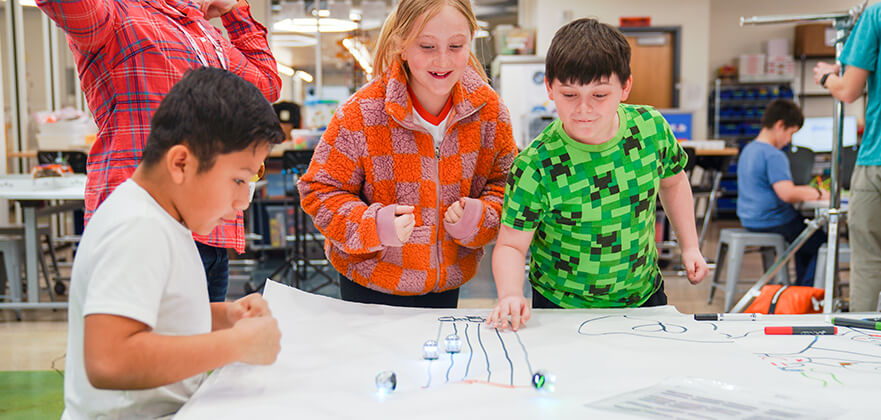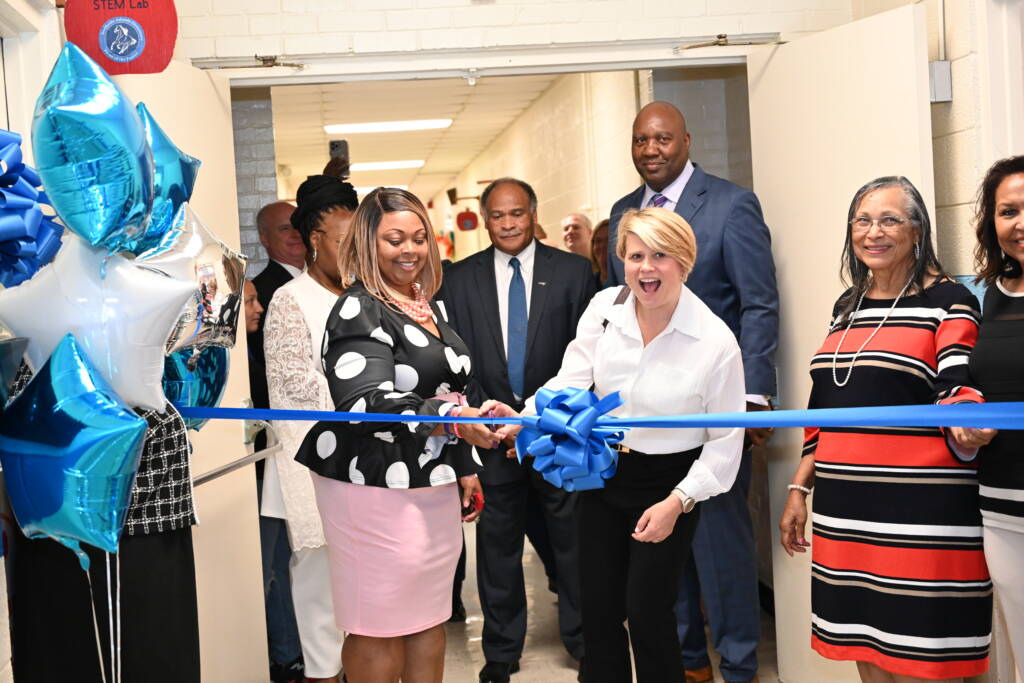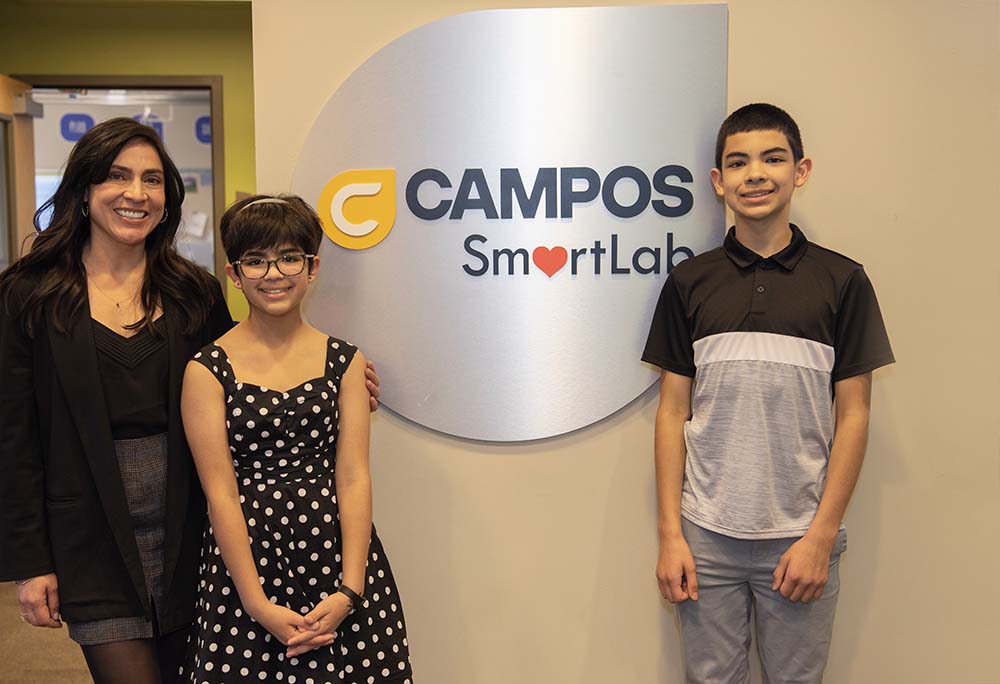SmartLab Improves Math Scores at Denver School
An elementary school in Denver, CO, saw a spike in standardized math scores following the implementation of a SmartLab HQ STEM center.
Samuels Elementary School, located in southeast Denver, is an extremely diverse school with more than 500 students who speak a collective 26 languages. Nearly 75 percent of students are on free and reduced lunch.
Two years before the school added a SmartLab HQ, the school’s standardized math scores fell two percentile points below district standards, with fourth graders at Samuels testing 22 points below district standards.
“One of the challenges is to deliver an education that meets kids’ needs that are so widely different from one another,” said Principal Cesar Rivera. “We have to deliver our education creatively and flexibly.”
While looking for ways to do that and renovating the school building—which at one point didn’t even have doors or real walls—school staff learned of our SmartLab Learning solutions.
A school bond helped create modern classrooms with doors in the building. A generous $150,000 donation from Marco Campos of Campos EPC helped make the SmartLab a reality for the 2015–16 school year.
At the time, Samuels was only the third Denver Public Schools site to have a SmartLab HQ.
When the lab opened, students began experimenting with sound waves. Coding. Engineering circuits. Building structures.
“The excitement was so palpable,” Rivera said. “The building was abuzz—but it was kind of fuzzy as to what the connection would be to performance.”
Then the math scores came out.
School-wide scores jumped to 12 percentile points above district expectations. Fourth graders tested 7 percentile points above expectations. Fifth graders, who were already 15 percentile points above the district standard, exceeded it by 20.5 percentile points.
The school’s at-risk populations also performed above district standards, with English Language Learners earning 21.5 points above district expectations.
Rivera attributes much of those successes to the lab’s real-world applications that energized student learning.
Those applications translate ‘pretty clearly’ into the school’s math classes and seemingly abstract questions on standardized tests, Rivera added.
“It has changed the game,” he said. “Being able to actually build, being able to actually code, being able to design. Kids light up when they’re problem-solving in math.”
Samuels Elementary School is now one of six elementary schools in Denver Public Schools with SmartLabs HQs, and more are scheduled to launch this fall.
“It’s just such an amazing opportunity for kids,” Rivera said. “To have something like this is still so unique.”




